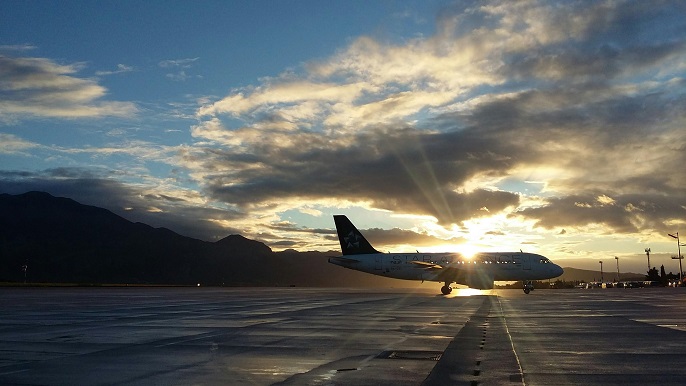For aviation enthusiasts, their aircraft hangar is more than just a storage space; it’s a sanctuary for their prized possessions. Whether it’s a meticulously restored vintage plane, a cutting-edge modern aircraft, or even a lovingly crafted homemade flyer, these enthusiasts pour their time, resources, and boundless passion into their flying machines. However, just like any other valuable asset, aircraft hangars require protection, and that’s where hangar insurance comes into play. So, explore how this aviation insurance can help aviation enthusiasts.
1. Shielding Against Unforeseen Events
Life is unpredictable, and so is the weather. Aircraft hangars are vulnerable to a multitude of risks, ranging from natural disasters like storms and fires to man-made threats such as vandalism and theft. With adequate insurance coverage, enthusiasts could avoid significant losses. This financial aid acts as a safety net, providing coverage against these unforeseen events and ensuring that enthusiasts can enjoy peace of mind, knowing that their cherished possessions are safeguarded.
2. Safeguarding Financial Investments
Aircraft ownership entails substantial financial investment. From the initial purchase of the aircraft itself to ongoing maintenance costs and fees, enthusiasts dedicate considerable resources to their aviation pursuits. However, without the protection of insurance, these investments could be at risk. In the event of damage or loss to the hangar or aircraft, the financial repercussions could be devastating. This financial aid mitigates these risks by providing financial protection and reimbursement for repair or replacement costs, helping enthusiasts preserve the value of their investments.
3. Liability Coverage for Peace of Mind
Accidents can happen quite unexpectedly, and when they do, they may result in costly liability claims. Whether a visitor sustains an injury on the premises or damage caused to neighboring properties, owners could face lawsuits and substantial financial liabilities without proper insurance coverage. This financial aid often includes liability coverage, shielding owners from legal and financial repercussions arising from accidents or damages related to their hangars, and ensuring peace of mind for both owners and visitors alike.
4. Tailored Coverage Options
Every aircraft hangar is unique, with its own set of requirements and purposes. Some enthusiasts may own multiple aircraft, while others might use these spaces for maintenance and repairs. This financial aid recognizes this diversity and offers tailored coverage options to align with specific needs of each individual owner. Whether it’s coverage for aircraft, equipment, contents, or liability, enthusiasts can customize their insurance policies to ensure comprehensive protection that aligns with their unique circumstances and preferences.
5. Compliance with Regulations
In addition to offering financial protection and unmatched peace of mind, this financial aid often serves as a regulatory requirement for aviation enthusiasts. Many airports and aviation authorities mandate that owners carry insurance coverage as part of their lease agreements or operating permits. By obtaining this insurance, enthusiasts not only protect their assets but also ensure compliance with regulations, avoiding potential penalties or legal issues that could arise from non-compliance.
Conclusion
Aircraft hangar insurance is far more than just another expense; it’s a crucial investment for enthusiasts. By providing protection against unforeseen events, safeguarding financial investments, offering liability coverage, providing tailored options, and ensuring compliance with regulations, this aviation insurance offers comprehensive peace of mind. Whether it’s a meticulously restored vintage aircraft or a state-of-the-art modern plane, enthusiasts can pursue their passion for flying with confidence, knowing that their cherished possessions are well-protected. So, before taking off on your next airborne adventure, ensure your aircraft hangar is covered with the right insurance policy. After all, in the unpredictable world of aviation, it’s always better to be safe than sorry.






